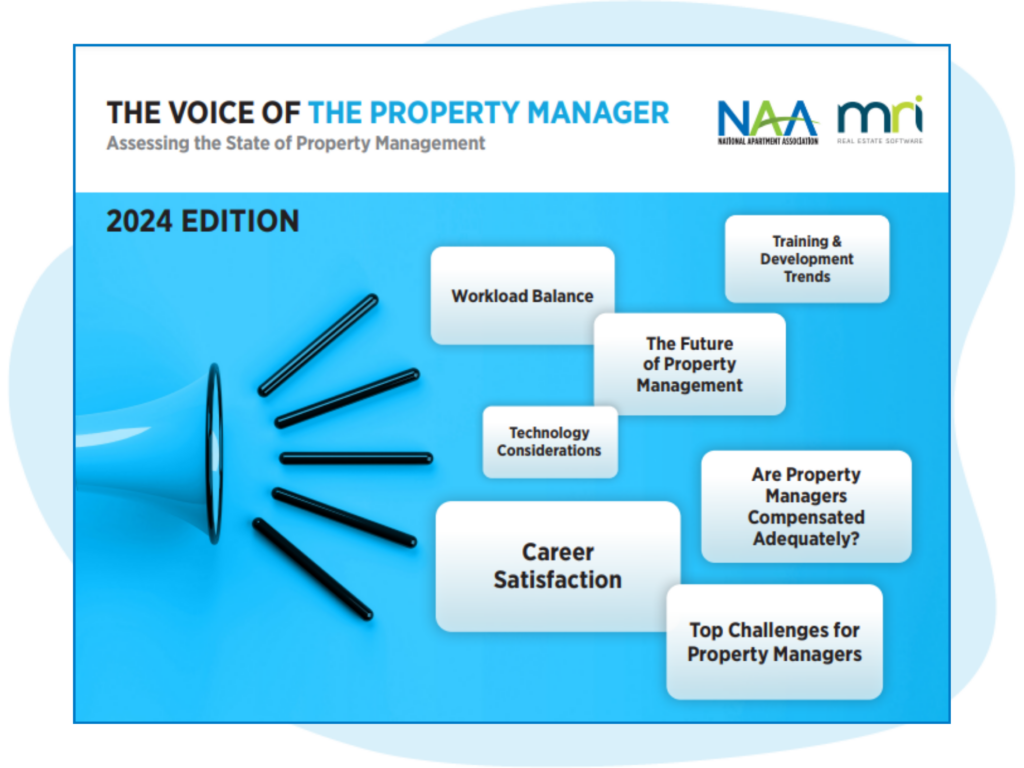The comprehensive guide to multifamily property insurance
Did you know that over 30% of insurance claims for multifamily properties involve some form of property damage? As a landlord, the stakes are high, and protecting your investment is non-negotiable. Multifamily property insurance is your first line of defense, covering everything from physical damage to liability claims and lost rental income.
In this guide, we’ll break down the essentials of multifamily insurance, covering key topics like what types of coverage you need, factors that influence insurance costs, and how to choose the right provider. Whether you’re new to property management or a seasoned pro, this blog will equip you with the knowledge to safeguard your property and your finances.
What is multifamily property insurance?
Multifamily property insurance is designed to protect residential buildings with multiple units, such as apartment buildings, townhouses, and condos. It’s not just about covering the building itself—this insurance also provides liability protection in case someone gets injured on your property. Plus, it can cover loss of rental income if your property becomes uninhabitable due to a covered event.
The importance of multifamily insurance for landlords
As a landlord, multifamily insurance isn’t just nice to have—it’s essential. Without it, you could face significant financial losses from unexpected incidents. Whether it’s damage to your property, a liability claim, or lost rental income, multifamily insurance helps keep your investment safe.
Think about a scenario where a tenant slips on an icy walkway and decides to sue. Liability insurance, which is part of your multifamily coverage, would help cover the legal fees and any damages awarded. This kind of protection is vital for keeping your finances secure and your mind at ease.
Beyond the financial aspect, having the right insurance shows that you’re a responsible landlord. It reassures tenants that their home is safe and that you’re prepared to handle emergencies effectively. It’s essential to follow proper processes and to look into multifamily management tools that could assist you.
Essential coverage for multifamily properties
When it comes to multifamily property insurance, there are a few key coverages that every landlord should have in their policy. These include comprehensive property insurance, liability insurance, and loss of income insurance. Let’s take a closer look:
- Comprehensive property insurance: This is the backbone of your coverage. It protects the physical structure of your property and any landlord-owned furnishings or equipment. If your building is damaged by fire, storms, or vandalism, this insurance helps cover the repair costs.
- Liability insurance: This coverage protects you if someone is injured on your property and decides to take legal action. It’s essential for covering legal fees and any damages you might be required to pay, giving you peace of mind in the event of a lawsuit.
- Loss of income insurance: Also known as business interruption insurance, this coverage is a lifesaver if your property becomes uninhabitable due to a covered event. It compensates you for lost rental income, helping you stay on top of your financial obligations even when your property isn’t bringing in money.
Here’s a look at some of the top insurance claims reported in the last few years:
| Type of claim | Percent of respondents |
| Water damage | 70.2% |
| Liability | 53% |
| Fire damage | 52,3% |
| Wind-driven damage | 28.5% |
| Workers comp | 24.5% |
| Employment practices | 4.6% |
| Crime | 4% |
| Environmental | 3.3% |
Factors influencing multifamily insurance costs
The cost of multifamily insurance can vary widely depending on several factors. Understanding these factors can help you manage your insurance expenses more effectively and ensure you’re getting the right coverage for your property. Here are the main factors to keep in mind.
- Location: Properties located in areas prone to natural disasters, high crime rates, or dense urban environments typically have higher insurance costs. For example, a property in a hurricane-prone region will likely require more comprehensive—and expensive—coverage than one in a less risky area.
- Building age and condition: Older buildings or those in poor condition may be more expensive to insure. Insurers see these properties as higher risks due to the potential for structural issues or outdated systems.
- Safety features: Properties with modern safety features, like fire sprinklers, security systems, and updated electrical and plumbing systems, may qualify for lower insurance rates. These features reduce the likelihood of incidents that could lead to claims.
Choosing the right multifamily insurance provider
Picking the right insurance provider is just as important as choosing the right coverage. You want a provider who understands your needs, offers reliable service, and has a solid reputation. You should be on the lookout for a few factors.
- Specialization: Look for a provider that specializes in multifamily property insurance. They’ll have the expertise to offer tailored coverage that truly fits your needs.
- Financial stability: Make sure your provider has a strong financial rating. You want to be confident that they’ll be able to pay out claims promptly when you need them.
- Customer service: Excellent customer service can make a world of difference, especially when you need to file a claim. Choose a provider known for being responsive and helpful, so you’re not left in the dark when you need assistance.
Home insurance for tenants
While multifamily insurance protects landlords, it’s also smart to think about your tenants’ insurance needs. Encouraging tenants to carry renters insurance can be beneficial for everyone involved. Renters insurance covers a tenant’s personal property and provides liability protection. Here’s why it matters to you:
- Reduces landlord liability: If a tenant’s negligence causes damage, their renters insurance can cover the costs, reducing your out-of-pocket expenses.
- Prevents disputes: Having renters insurance can prevent conflicts over who is responsible for covering damages.
- Peace of mind: Knowing your tenants are insured adds an extra layer of security for both you and them.
Handling multifamily insurance claims effectively
Filing an insurance claim can be stressful, but knowing the steps to take can make the process smoother. Here’s how to handle claims effectively:
- Document the damage: Right after an incident, take clear photos and write detailed notes about the damage. This documentation will be crucial when filing your claim.
- File the claim promptly: Don’t wait—contact your insurance provider as soon as possible to file the claim. Delays can complicate the process and may reduce your compensation.
- Work with an adjuster: Collaborate with the insurance adjuster to assess the damage and determine the coverage amount. If you disagree with their assessment, don’t hesitate to seek a mediator or second opinion to ensure a fair settlement.
Simplify property management with MRI Software
Managing multifamily properties requires efficiency and precision, from handling tenant applications to ensuring timely rent collection. Our property management software provides the tools you need to automate these tasks, helping you maintain a well-organized and profitable property. Discover how MRI can simplify your property management process.
Multifamily software used by the top ten NMHC managers
Take full control of the lead-to-lease process
Get a demo
Voice of the Property Manager Report 2024
Property managers are the beating heart of multifamily communities across the nation. As the economy continues to experience headwinds, AI becomes even more democratized, and housing needs still dominate news headlines, it’s important to check in on …
